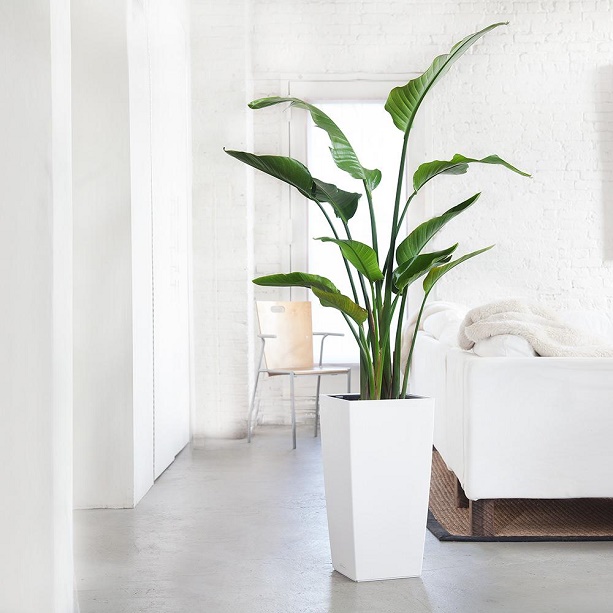Tropical Beauty at Home: The Bird of Paradise Plant
There are oh so many ways you can add a bit of change in the interior décor, but few can do what plants can. Along with filling up the home with natural beauty, they add a particular flair with their colours and textures. Moreover, based on the plant, you can count on the beautiful scent.
If you want to surround yourself with the summer vibe year round, then you have to get the bird of paradise plant. As an evergreen perennial, it’s a tropical plant, also known as Strelitzia Reginae, and it’s one that blooms spring to summer in lush fiery crests. It’s a big plant, with leaves measuring about 50cm, and growing up to 1.5m of height.

Though it’s easy to care for, it may not bloom much the first few years if you buy it as a young plant, but the older it gets the more you can expect to enjoy the lush sight. And if you want to really get a heavy bloom, then don’t worry about dividing the plant.
When it comes to watering the bird of paradise plant, it can do in low water levels, particularly when it’s already well established, but that doesn’t mean you should forget watering it regularly.
It’s advisable to water it weekly, only when you are sure the soil is well dried out, and you can check that if at least up to 5cm down the soil feels dry. This is important because it’s a plant that prefers neither too wet nor too dry soil.
It’s a bit different in the hotter months when you would have to do deep watering. A sign that there isn’t enough water is the leaf edges turning brown and curling. On the other hand, too wet soil can lead to root rot and yellow leaves.
Tropical as it is, it does well in full sun to part-shade spots, as for the soil, well-draining is the ideal. When I say it’s an easy to care for plant, I also mean you shouldn’t expect to have pest problems, however, in case they happen to affect it, it’s best to treat them as soon as possible, relying on horticultural oils.
While it’s really beautiful to look at, it doesn’t mean it can be eaten, and you have to keep it away from children and pets. Though not necessary, feeding it with organic compost would help retain the moisture, so a bit of fertilising won’t hurt.






